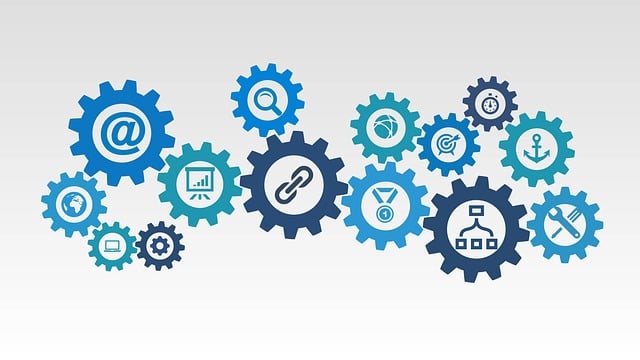Cloud kitchens are leveraging AI and the Google Maps API for route enhancements in food delivery, revolutionizing the industry. By optimizing routes based on real-time traffic, demand, and kitchen constraints, they reduce courier travel time, boost customer satisfaction, and enable data-driven decision-making. This integration also facilitates location-based services like tailored food recommendations, dynamic pricing, and precise delivery tracking, while advanced metrics and visualization tools help operators refine strategies for continuous improvement in service quality and customer experience.
In the dynamic landscape of food delivery, AI ghost kitchens and cloud kitchens are transforming the way we eat. This article explores three key strategies for optimizing performance in this innovative sector. From AI-powered route optimization using tools like the Google Maps API to enhancing customer experiences with location-based services, these advancements unlock unprecedented efficiency and growth potential. Additionally, we delve into crucial performance metrics essential for measuring success in the fast-paced world of ghost kitchens.
- Unlocking Efficiency: AI-Powered Route Optimization for Cloud Kitchens
- Enhancing Customer Experience: Utilizing Google Maps API for Location-Based Services
- Performance Metrics and Tools: Measuring Success in the Ghost Kitchen Space
Unlocking Efficiency: AI-Powered Route Optimization for Cloud Kitchens

Cloud kitchens, or ghost kitchens, are transforming the way food delivery services operate by centralizing cooking operations. To maximize efficiency in this new model, AI-driven route optimization is a game-changer. By leveraging powerful algorithms and data, these tools can significantly enhance last-mile delivery performance. With advancements in AI and access to mapping technologies like the Google Maps API, route planners can now account for real-time traffic conditions, dynamic demand patterns, and even specific kitchen constraints.
This level of optimization ensures that couriers spend less time on the road, leading to faster delivery times and increased customer satisfaction. The integration of AI in route planning also allows for data-driven decisions, identifying popular food delivery routes and peak hours, ultimately streamlining operations for cloud kitchen managers.
Enhancing Customer Experience: Utilizing Google Maps API for Location-Based Services

In today’s digital era, enhancing customer experience through location-based services (LBS) is paramount for cloud kitchens and ghost kitchens leveraging AI technology. Integrating the AI capabilities with the Google Maps API can significantly streamline operations and elevate customer satisfaction. By utilizing real-time data from Google Maps, these culinary hubs can offer precise route planning and delivery tracking, ensuring swift and efficient food delivery to customers’ doorsteps.
This integration enables AI ghost kitchens to provide tailored recommendations based on a customer’s location, dietary preferences, and past orders. Moreover, LBS powered by Google Maps API allows for dynamic pricing adjustments according to traffic congestion or demand patterns, optimizing both customer experience and business profitability. Such route enhancements not only cut down delivery times but also make the entire process more transparent for end-users.
Performance Metrics and Tools: Measuring Success in the Ghost Kitchen Space

In the dynamic landscape of ghost kitchens and cloud kitchens, measuring performance is crucial for success. By utilizing advanced tools and metrics, operators can gain invaluable insights into their business’s health and make data-driven decisions to optimize operations. One powerful asset in this regard is AI, which, combined with tools like Google Maps API, offers route enhancements that improve delivery efficiency. AI algorithms analyze vast datasets to identify patterns and trends, such as peak ordering times, popular food categories, and even customer preferences, enabling kitchen managers to allocate resources effectively.
These metrics extend beyond simple order volume and revenue. Key performance indicators (KPIs) in ghost kitchens may include average order value, delivery success rate, customer satisfaction scores, and time-to-delivery. Tools that provide real-time data visualization and analytics empower kitchen staff to quickly identify bottlenecks, ensure food quality, and streamline the entire process from order intake to delivery. With such metrics and tools at their disposal, operators can continually refine strategies, enhance customer experiences, and maintain a competitive edge in this rapidly evolving culinary scene.
AI and tools like the Google Maps API are transforming ghost kitchens by optimizing routes, enhancing location-based services, and providing critical performance metrics. By leveraging these technologies, cloud kitchens can achieve greater efficiency, improve customer experiences, and ultimately succeed in this competitive market.
